Brazil boasts a rich diversity of fruits, including both native varieties and those introduced from abroad, now widely enjoyed throughout the country.
Brazil’s fruit is a mix of sweet, creamy, tangy, and tart flavors. These fruits fall into various categories: berries like açaí and guaraná, citrus fruits including the zesty Persian lime, drupes like the jabuticaba with its trunk-grown fruits, and tropical staples like papaya and mango.
There’s much more to explore about Brazilian fruits, from delicious fruit-based dishes and drinks to the fascinating history of fruit cultivation in Brazil. Continue reading for tips on selecting the best fruits and a glimpse into Brazil’s staple vegetables.
Let’s get started now!
20 Best Brazilian Fruits with Filters
Below are the 20 most famous Brazilian fruits, sorted according to their popularity. Feel free to use the filter function to pick out native, non-native, national, exotic, and fruits used for dishes, drinks, and garnish with ease!
Açaí
- Exotic
- For Beverages
- For Dishes
- Native
Açaí is a small, dark purple fruit from the açaí palm native to Brazil, particularly the Amazon region. The fruit is known for its rich, earthy taste, often described as a blend of wild berries and chocolate.
It’s typically harvested during the dry season, from July to December. Brazilians enjoy açaí in a variety of ways, most notably as açaí na tigela (“açaí in the bowl”), where the berries are blended into a thick paste and eaten with granola, banana, or other fruits.
Açaí is especially well-loved in the northern regions of Brazil but is consumed nationwide. This popularity has positioned Brazil as a leading producer of açaí berries, with over 1.2 million tonnes in 2019.
Guaraná
- Exotic
- For Beverages
- For Dishes
- Native
Guaraná is a climbing plant fruit native to the Amazon basin in Brazil. This fruit is notable for its dark brown seeds encased in a red shell, resembling an eye due to the partially exposed seed.
Its taste is distinctively bitter and is often used as a flavoring in beverages and sweets. Guaraná is harvested mainly during the summer months.
Locals commonly consume guaraná as a natural energy booster, often found in sodas, teas, and dietary supplements. This fruit is especially favored in the northern region of Brazil, where it’s cultivated extensively.
Cajú
- Exotic
- For Beverages
- For Dishes
- Native
Cajú, or cashew apple, is a native fruit of Brazil. The cajú fruit is unique, with a soft, bulbous bottom that bears a single cashew nut at its top. It comes in shades of yellow to red and has a sweet, tangy, refreshing flavor.
Cajú is typically in season from September to December. Brazilians enjoy the juice from the cajú apple and often eat the nut as a snack. This fruit is particularly common in the Northeast region of Brazil, where it’s also a significant source of income.
Acerola
- Exotic
- For Beverages
- For Dishes
- For Garnish
- Native
Acerola, also known as Barbados cherry, is a small, bright red fruit native to the Caribbean, South America, and Central America, including Brazil. It’s celebrated for its exceptionally high vitamin C content, sometimes boasting up to 65 times more of the vitamin than oranges.
Acerola is a small fruit with a tart, cherry-like flavor that makes it refreshing and a bit sour. In Brazil, it’s often consumed fresh or used as a potent natural supplement in juices, smoothies, and vitamin C-rich foods.
Acerola is grown mostly in northeastern Brazil, a region that appreciates the fruit for its health benefits as much as its taste.
Cupuaçu
- Exotic
- For Beverages
- For Dishes
- National
- Native
Cupuaçu is a tropical rainforest fruit, closely related to cocoa, and native to the Amazon basin in Brazil. It’s known for its large, brown, and hairy exterior, and inside, it houses a soft, creamy white pulp packed with seeds.
This fruit boasts a unique taste that blends hints of chocolate, banana, and pineapple into one. As the country’s national fruit, cupuaçu typically flourishes during the rainy seasons and is popular in Northern Brazil (Amapa and Para towns).
Typically, Brazilians consume fresh cupuaçu or make delicious ice creams, snacks, jams, and other sweet desserts. Furthermore, it is the main ingredient in cupuaçu butter, which has the same tender texture as white chocolate.
Graviola
- For Beverages
- For Dishes
- Native
Graviola, also known as soursop in English, is a fruit native to the Americas, including Brazil. It has a spiky green outer shell and a soft, fibrous white interior dotted with black seeds.
Graviola’s taste is a fascinating mix of strawberry, pineapple, and a hint of citrus, with a creamy texture that makes it stand out. It’s generally harvested in the warmer months, growing in abundance in Brazil’s northern and northeastern parts.
People enjoy graviola, both fresh and in beverages, often turning it into a refreshing juice or smoothie.
Jabuticaba
- Exotic
- For Beverages
- For Dishes
- Native
Jabuticaba is a Brazilian grape tree fruit that grows directly on its tree trunk. Native to Brazil, jabuticaba is a small, round, and dark purple fruit that closely resembles grapes. Its skin is thick, but you’ll find a sweet, slightly tart, gelatinous flesh inside.
These fruits are often enjoyed fresh right off the tree during their short season, which happens a few times a year. Beyond eating them raw, Brazilians also turn jabuticaba into jellies, wines, and liqueurs.
Cajá
- Exotic
- For Beverages
- For Dishes
- For Garnish
- Native
Cajá, also known as the hog plum, is a tangy, tropical fruit native to Brazil’s northern and northeastern regions. It’s small, with yellow-orange skin and a fibrous, juicy interior surrounding a large pit.
The taste of cajá is sweet and sour, making it incredibly refreshing, especially on hot days. This fruit is often used in juices, ice creams, and cocktails.
Locals enjoy cajá fresh and in various culinary creations, appreciating its ability to cool them down and offer a burst of vitamin C.
Banana
- For Beverages
- For Dishes
- For Garnish
- Non-Native
Banana originates from the Southeast Asia and Australia region but has found a second home in the tropical climates of Brazil. Bananas are not just a single fruit but come in various types, with the Prata, Nanica, and Maçã being among the most popular in Brazil.
This fruit thrives in tropical regions of Brazil, especially in the northeast, where conditions are ideal for its growth. The taste of bananas can range from sweet to starchy, depending on the variety and ripeness.
Brazilians enjoy bananas both raw and as part of recipes, such as in the famous “banana da terra” fried dishes or banana cakes. Beyond eating fresh, bananas are also used in desserts, smoothies, and even savory dishes.
Coconut
- For Beverages
- For Dishes
- For Garnish
- Non-Native
Coconut, known as “coco” in Brazil, is a popular tropical fruit in Brazilian coastal landscapes. In Brazil, coconuts are especially cherished during summer but are available throughout the year.
Locals consume coconut water directly from the fruit, often sipped with a straw on the beach. The flesh is used in various dishes, from sweets and desserts like “cocada” to savory dishes such as “moqueca.”
Coconut trees flourish along the Brazilian coast, with the Northeast and North regions particularly famous for their coconut production.
Mango
- For Beverages
- For Dishes
- For Garnish
- Non-Native
Mango, or manga in Brazil, is a tropical fruit native to South Asia but has been adopted by Brazil. In Brazil, you’ll find varieties like the Haden, Tommy Atkins, and Palmer, each with its unique flavor profile, from sweet to tangy.
They’re typically enjoyed during the warmer months but can be found throughout the year. The experience of eating a mango is like a burst of summer in your mouth, with its sweet, sometimes tangy flavor and rich, creamy texture.
Brazilians enjoy mangos fresh or in juices, salads, smoothies, sauces, and desserts. The fruit is especially popular in Brazil’s northern and northeastern regions, where the conditions are perfect for its growth.
Pineapple
- For Beverages
- For Dishes
- For Garnish
- Non-Native
Pineapple, or Abacaxi in Brazil, is a tropical fruit that is not originally from Brazil but has become a staple in the country’s fruit consumption. It’s recognized for its rugged, spiky exterior and sweet, tangy flesh.
Pineapples have a bright yellow interior and are juicy. Several types of pineapples are cultivated in Brazil, with Pérola and Havaí being among the most popular. The fruit is typically in season from December to February, aligning with the Brazilian summer.
Pineapples are widely grown in the country, particularly in the coastal regions. Interestingly, Brazil is one of the 3 top pineapple producers globally, with about 2.5 million tonnes in 2020.
Beyond fresh consumption, pineapples are used in Brazil to create sweets, jellies, and drinks, and they even find their way into savory dishes.
Avocado
- For Dishes
- For Garnish
- Non-Native
Avocado, known locally as Abacate, is a creamy fruit found in rich cultivation grounds in Brazil. This fruit has varieties like Hass, which is smaller and has a pebbly skin, and the larger, smoother Fuerte.
Avocado boasts a buttery texture and subtle, earthy flavor. In Brazil, avocados are in season, mainly during the spring and summer. This fruit grows abundantly in southeastern Brazil.
Brazilians often consume them sweetened, blended into smoothies, or as a cream, mixed with sugar and lime. Beyond its use in sweet dishes, avocado is also common in salads, and sandwiches.
Papaya
- For Beverages
- For Dishes
- For Garnish
- Non-Native
Papaya, also known as papaw or pawpaw, is a tropical fruit that thrives in Brazil’s warm climate. Although not native to Brazil (originating from Mexico and Central America), it has become an integral part of Brazilian cuisine and is grown extensively across the country.
Papayas are easily recognizable by their pear-like shape and vibrant orange flesh, with a sweet, juicy flavor that hints at melon and apricots.
In Brazil, papayas are often eaten fresh as a breakfast fruit or a dessert, sometimes sprinkled with lime to enhance their flavor. The fruit is famous nationwide, with significant cultivation in the northeastern states.
Passionfruit
- For Beverages
- For Dishes
- Native
Passionfruit, or maracuja, is a berry native to South America, including Brazil. This fruit is renowned for its yellow or purple exterior and juicy, seed-filled interior. The taste of passionfruit is a complex blend of sweetness and tartness, highly aromatic and flavorful.
In Brazil, passionfruit finds its peak seasons from late summer to early fall. Locally, it’s commonly consumed fresh; the pulp is often scooped out and eaten straight or added to dishes and drinks for a tropical twist.
Passionfruit is especially well-liked in Brazil’s coastal and tropical regions, thriving in warm, humid conditions. The fruit’s usage extends beyond just eating it raw; it’s widely used in beverages, desserts, and sauces.
Guava
- For Beverages
- For Dishes
- For Garnish
- Native
Guava, or Goiaba, is one of the favorite fruits sold commonly in Brazil. Commonly, you can catch it in oval or round shapes. It has rough and edible skin, which can be bitter or sweet.
This fruit comes in varieties like Paluma and Pedro Sato, which are notable for their sweetness and flesh quality. In Brazil, guava is often eaten raw or used in the famous “goiabada,” a thick jam. It’s also popular as a juice or in desserts.
Guava is widely grown in all Brazilian regions but thrives in the Southeast.
Jackfruit
- For Dishes
- Non-Native
Jackfruit, or Jaca, is a large tropical fruit native to India that is also widely consumed in Brazil. This fruit is distinguishable by its enormous size, sometimes weighing up to 55 pounds, and its bumpy, green exterior.
Inside, jackfruit is packed with yellow, bulbous pods that encase seeds; these pods are the edible portions. Its taste is a sweet and unique blend, often described as a cross between a pineapple and a banana.
Jackfruit can grow across various regions of Brazil, especially in backyard gardens and wild in some areas. Locals enjoy it both ripe, as a naturally sweet treat, and unripe, where it’s used in savory dishes like a vegetable due to its meaty texture.
Pitanga
- Exotic
- For Beverages
- For Dishes
- For Garnish
- Native
Pitanga, also known as the Surinam cherry, is a small, bright red or orange fruit native to Brazil, particularly flourishing in tropical and subtropical regions.
Its appearance is notable for its pumpkin-like shape with multiple ribs and its unique flavor profile that combines sweet and sour tastes, often with a slightly spicy undertone.
The fruit is most commonly enjoyed fresh, right off the tree, but it’s also common in jellies, liqueurs, and as a tangy addition to salads.
Buriti
- Exotic
- For Beverages
- For Dishes
- Native
Buriti, sometimes called the moriche palm fruit, is an exotic fruit native to Brazil’s Amazon basin. It’s distinguished by its large, brown, and scaly exterior, encasing a rich, orange pulp that is both sweet and nutty in flavor.
Buriti is often consumed in juices, ice creams, and traditional dishes. The buriti palm is sometimes called the “tree of life” for its myriad uses, from food to craft materials.
Pequi
- Exotic
- For Dishes
- Native
Pequi is a round, yellow fruit native to the Brazilian Cerrado, particularly beloved in Brazil’s Central-West and Northern regions. It’s known for its strong, distinctive aroma and flavor.
The taste of pequi is rich and somewhat cheesy, with a hint of citrus. It has a large, spiky pit, which requires careful eating to avoid discomfort.
Locals often incorporate pequi into rice dishes, stews, and sauces. Pequi oil, extracted from the fruit, is utilized in cooking and as a natural skin care product.
Which Brazilian Dishes Feature Fruits?
Here are 4 most beloved Brazilian dishes and treats that feature fruits:
If you didn’t spot your favorite Brazilian dishes here, don’t worry—there’s plenty more to explore. Also, take a chance to discover some Brazilian fruit drinks! Keep it simple, and let’s dive in.
What Fruit Drinks Are Common in Brazil?
Below are 5 of the most common and beloved fruit drinks in Brazil:
This list only scratches the surface with some popular choices. But a collection of Brazilian beverages is waiting to be discovered.
In the next section, let’s discover the country’s fruit cultivation history.
What Is the History of Fruit Cultivation in Brazil?
The evolution of fruit cultivation in Brazil reflects the nation’s extensive biodiversity and the influence of various cultural interactions over time. Here’s a breakdown:
Which Are Helpful Tips for Buying Fruits in Brazil?
Let’s talk about buying fruit in Brazil, from picking the right ripeness to how it’s sold:
The next section is about vegetables from Brazil that are commonly savored in the country.
What Are Some Common Brazilian Vegetables?
Brazil is known for its rich and diverse agricultural offerings, which include various vegetables important to its cuisine. Five of the specific Brazilian vegetables that stand out are:
I hope this article’s information about these Brazilian fruits will make your tour planning easier and faster.
When you receive any questions about Brazilian fruits from your friends or relatives, let’s share this post with them right away. In addition, I am delighted to know your opinions after reading this post, so please leave them in the comment section.


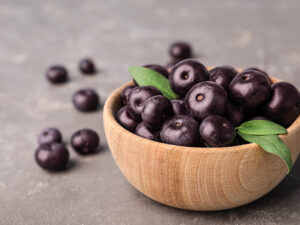
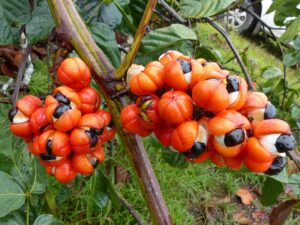
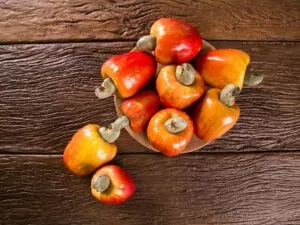
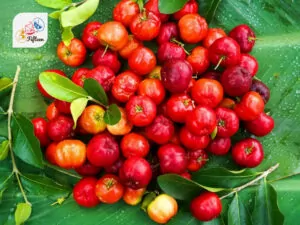
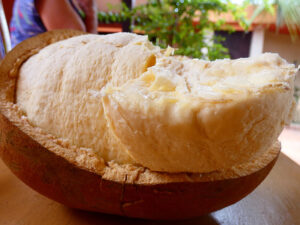
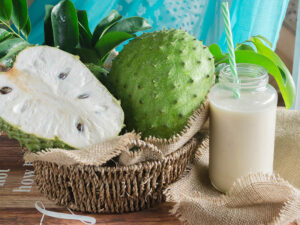
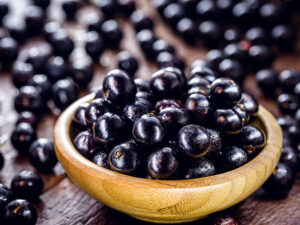
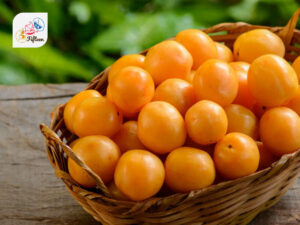
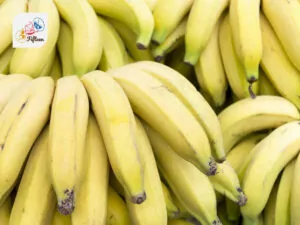
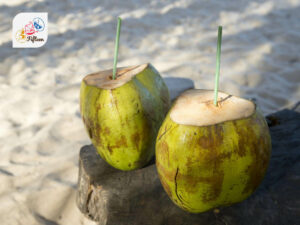
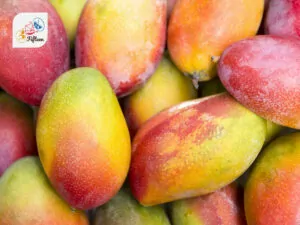
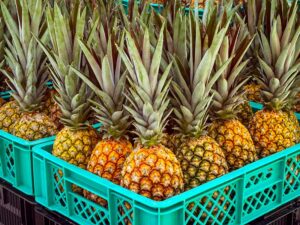
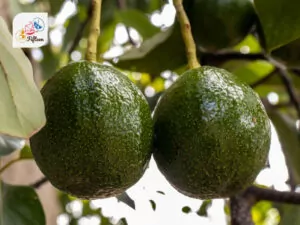
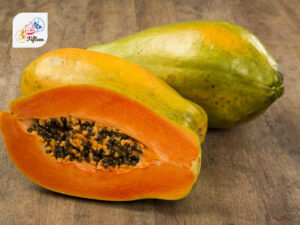
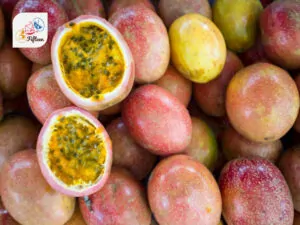
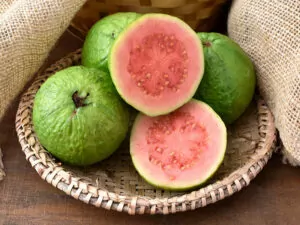
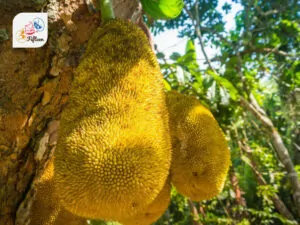
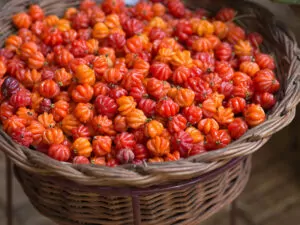
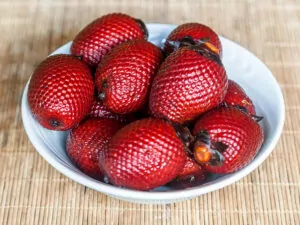
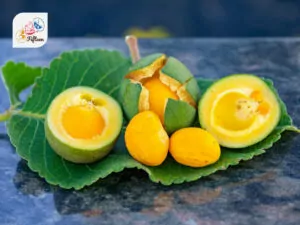

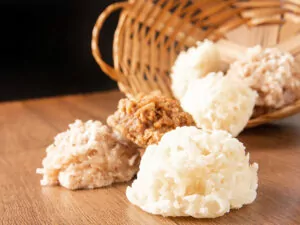
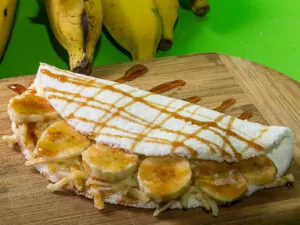

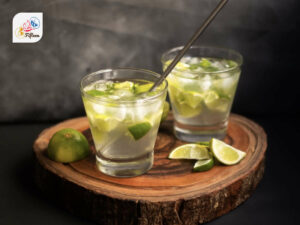
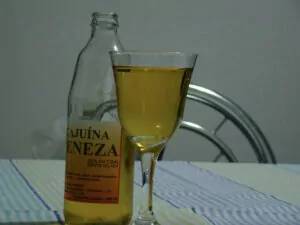
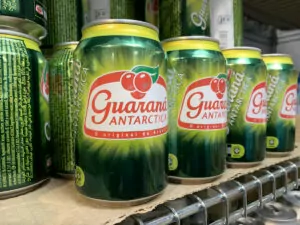
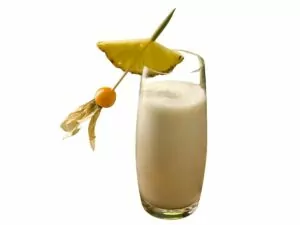

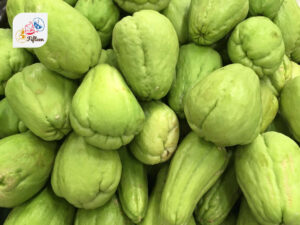
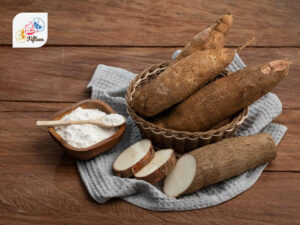
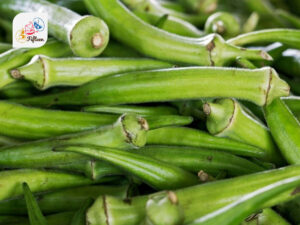
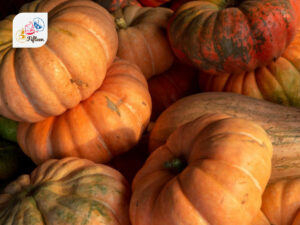
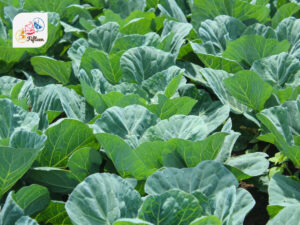
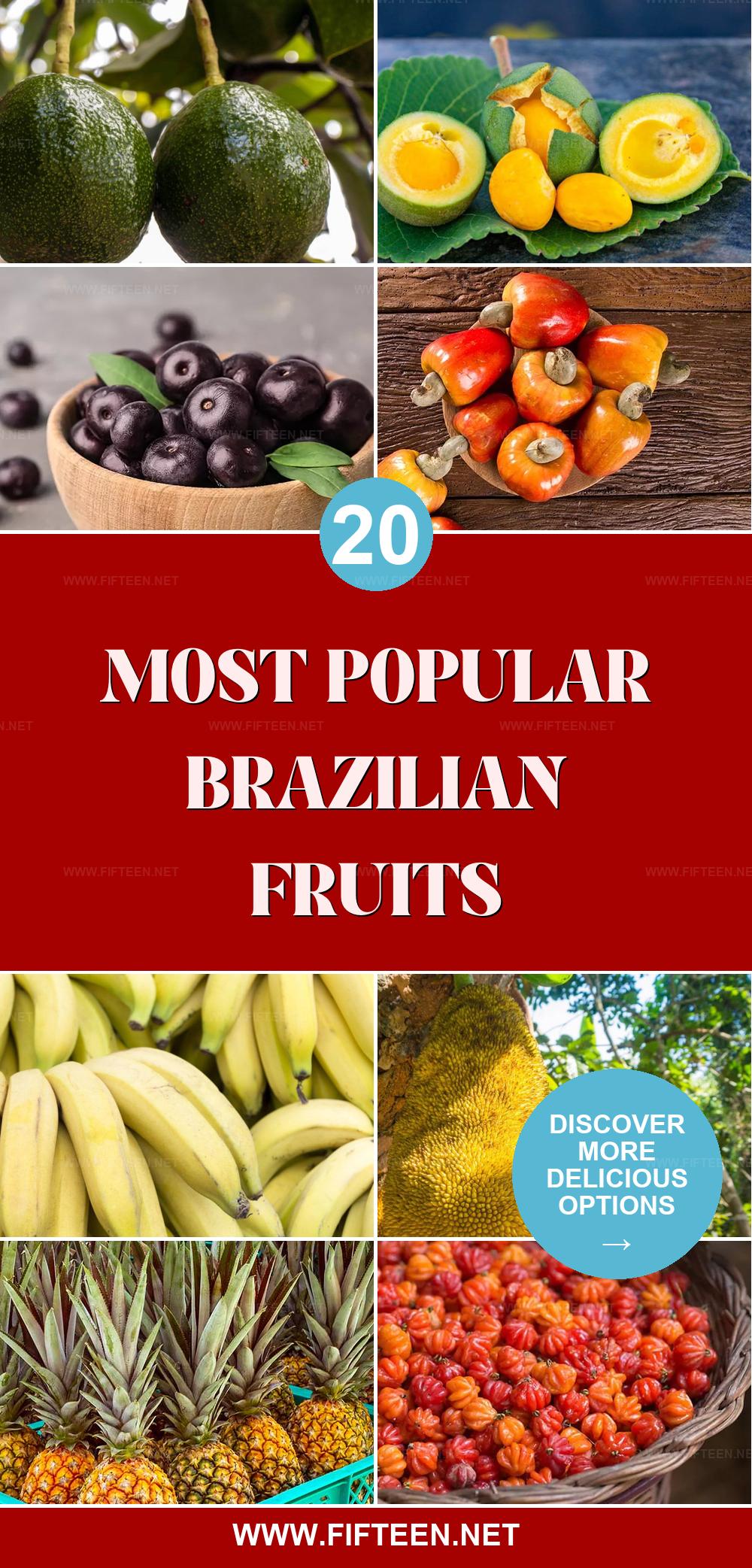
Jamie Scott
Editor in Chief, Senior Content Writer
Expertise
Home Cooking, Meal Planning, Recipe Development, Baking and Pastry, Food Editor, Cooking-video Maker, Western Food Evaluation Expert
Education
Le Cordon Bleu College of Culinary Arts
Local Community College, New York, NY
Jamie Scott is a skilled culinary expert and content creator specializing in Western cuisine. With over 15 years in the culinary field and formal training from Le Cordon Bleu, Paris, Jamie deeply understands how to blend nutrition with delicious flavors. His passion for cooking matches his commitment to making healthy eating accessible and enjoyable.
On Fifteen.net, Jamie brings a fresh perspective to classic dishes and beverages, offering readers insightful recipes, cooking tips, and a fresh view on meal planning that emphasizes taste, health, and simplicity.